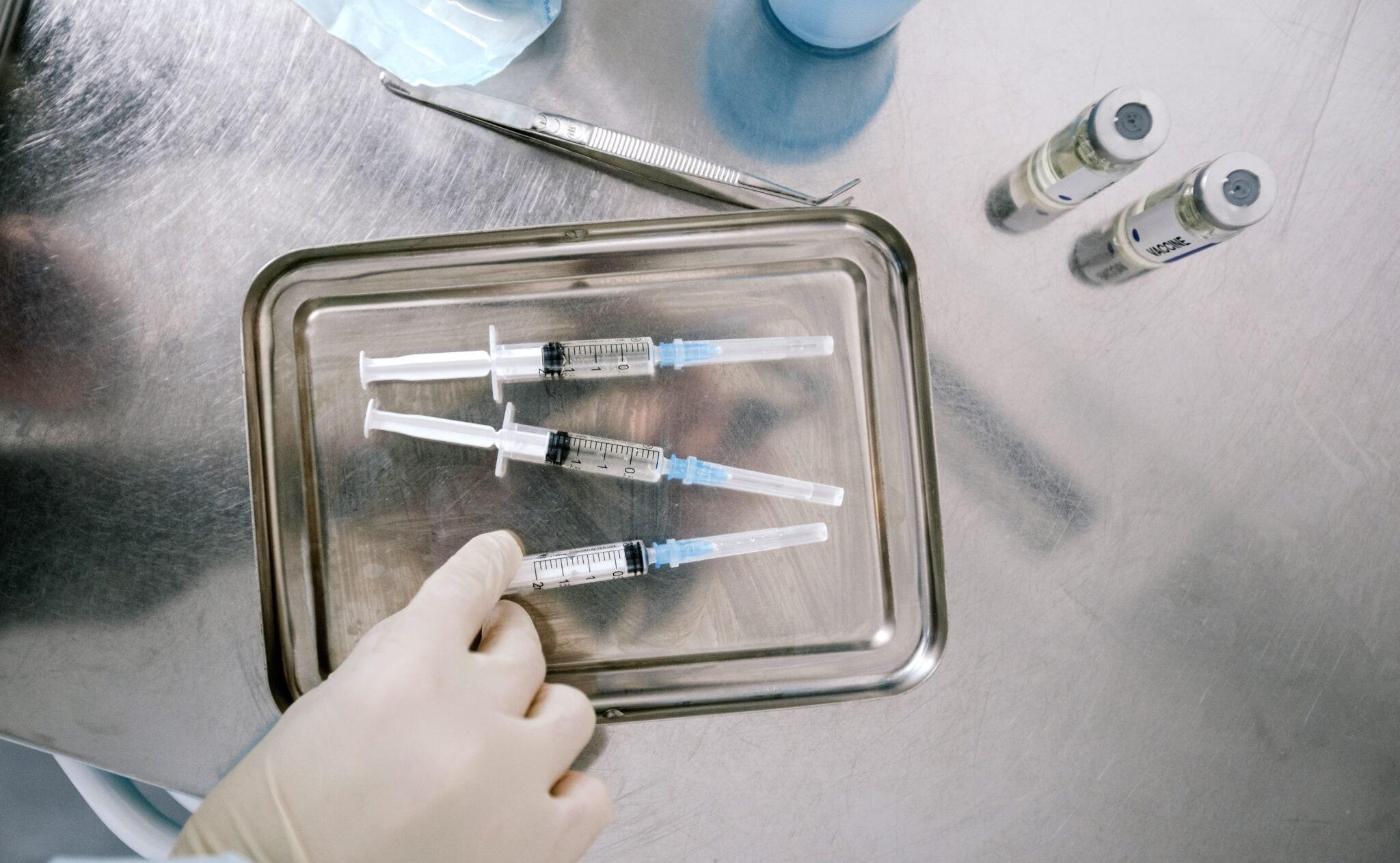
Vaccines are an essential tool for global health. Vaccination not only protects the individual but also helps limit disease spread. Developing and manufacturing vaccines is a complex undertaking, yet it’s only half the equation. Vaccines also need to be delivered to the patient in a way that maintains their efficacy. This is where the cold chain comes in.
Defining the Cold Chain
A cold chain is a set of tools and processes that guides the transport and storage of temperature-sensitive items. In a vaccine context, this involves maintaining a low enough temperature to protect potency—from the point of manufacture all the way to the patient’s arm.
How cold the cold chain is will vary. Most vaccines need to be kept in the range of 2-8⁰C. However, some must be stored at much lower temperatures. This includes the Moderna COVID-19 vaccine, stored between -50°C and -15°C, as well as the Pfizer-BioNTech COVID-19 vaccine, stored between -80°C and -60°C. Each of these can survive at a higher temperature, but only for a limited time before the quality degrades.
Vaccine Life Cycle
Extensive research, development, and testing is only the beginning of a vaccine’s lifecycle. It then needs to reach clinics and patients, sometimes on the other side of the world.
Vaccines leave a manufacturing facility and are first transported to a national location within the receiving country. From there, the vaccine supply is divided and distributed to various subnational points. A vaccine will then make its way to district points, and finally to service-delivery points. Here, it may be administered immediately or stored for future use.
For each of these steps—across continents and conditions—vaccines must be kept at a stable temperature or risk being rendered useless.
Cold Chain Equipment
The equipment required throughout the cold chain is extensive for any vaccine. Specific equipment needs will vary depending on the vaccine’s temperature needs.
Refrigerators are the most widespread type of storage, responsible for preserving many common vaccines such as those for meningitis, tetanus, hepatitis A, and hepatitis B. Refrigerators maintain the common temperature range of 2-8⁰C and come in various sizes.
Freezers work similarly but keep things even colder, with the exact temperature depending on the needs of the vaccine. Some, such as the MMR (measles, mumps, and rubella) vaccine, need to be kept between -50°C and 8°C. Others need to be kept far colder, requiring ultra-low temperature freezers that can maintain environments as low as -86°C.
Even after a vaccine safely arrives in a health clinic’s refrigerator or freezer, the journey may not be over. For the most remote populations, the nearest clinic could still be out of reach. In these cases, health workers may hand-delivery vaccines using special carriers and cooling technology to preserve efficacy along the way.
Challenges in the Cold Chain
A functioning cold chain will maintain a precise, sometimes extremely low, temperature over time and distance. Getting a vaccine from one country to another can be complicated enough. Then there’s distributing it to all corners of the nation. Beyond these logistical challenges, there’s another major complication in the vaccine cold chain: energy.
Today, 1 billion people depend on health clinics that are unelectrified or under-electrified. Some lack grid connection entirely, while others experience frequent outages. Either scenario can impede vaccine access.
Increasingly, solar power is going where the grid hasn’t. From Haiti to Ghana, solar energy has proven a dependable source of full-clinic electrification. Where clinics remain unelectrified, standalone solar-powered vaccine refrigerators and freezers can fill the gap.
This technology has evolved over time. The first generation of solar-powered vaccine refrigerators combined solar panels with lead acid batteries to generate and store electrical energy. This greatly expanded vaccine access for off-grid people, but the systems would often experience battery failures, jeopardizing the vaccine stock. The next generation of refrigerators removed the battery from the system entirely, relying instead on high quality insulation to maintain cold temperatures even when the sun isn’t shining. These battery-free systems (known as “solar direct-drive” or “SDD”) vastly improved reliability.
The Solar Electric Light Fund (SELF) built upon this technology, spearheading the development of the first commercially available water-pack freezer, which keeps vaccines cold over long journeys to remote places. SELF also pioneered the first energy harvest control (EHC) system. The EHC draws on surplus energy produced by SDD refrigerators during peak sunlight hours, and diverts it for other productive uses, such as charging battery-operated lights and cellphones. In clinics without electricity, this extra bit of power can make a big difference.
These solutions make it possible for all people—rural or urban—to get vaccinated. However, more work is needed to fund and deploy this technology, especially in low-income places. Only then can we reach the last mile and build a cold chain that works for all.

SELF is a global leader in the fight against energy poverty. Since 1990, we’ve pioneered unique applications for solar energy, powering progress on food security, health care, education, gender equity, and more.
501(c)(3) non-profit organization
EIN: 52-1701564